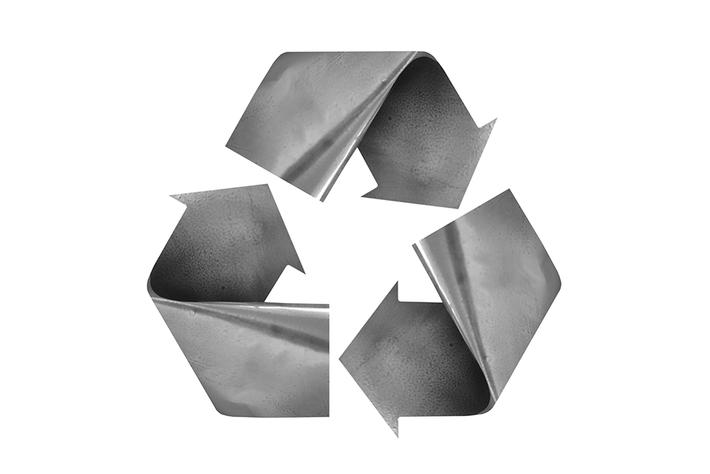
Aluminum between nature and sustainability
Aluminum is a permanent metal and an ideal material for the circular economy. Low carbon footprint alloys are an effective alternative for making products and components in a more sustainable way.
In a circular economy, economic activity builds and rebuilds the overall health of the system. A principle that must operate at every level: for large and small businesses, for organizations and individuals, globally and locally. A circular economy favors those activities that preserve value in the form of energy, work and materials. This means designing for the long life, reuse, remanufacturing and recycling of products, components and materials.
One of the main characteristics of aluminum is its infinite recyclability and the substantial energy savings that result, in addition to evolutions, performance and other obvious advantages guaranteed by the material and its applications. A set of values that make the concept of circular economy and resource conservation evident and intrinsic to aluminum.
What can be more sustainable than an infinitely recyclable metal
Too many products cannot be recycled due to the way they were made. Recycling metals allows you to save a considerable amount of energy: in the case of aluminum, 95% of that necessary to produce it starting from the original mineral, bauxite. By deepening the properties of materials (including environmental footprint) and manufacturing processes, you can contribute to the creation of sustainable products destined for recycling or reuse from their design.
Producing one ton of secondary aluminum saves six tons of bauxite and nine tons of CO2 emissions. Globally, aluminum recycling saves more than 100 million tons of CO2 every year. For this reason, the development of low carbon footprint alloys is a fundamental activity.
Today there are alloys obtained from primary aluminum with a low carbon footprint on the market with a value of 4 kg of CO2 per kg of aluminum. There are also ranges of products made with consumer waste. The use of recycled materials significantly reduces energy consumption while offering high quality products.
Thanks to the most advanced sorting technologies, it is possible to guarantee a recycled aluminum content high to 75%. The higher the recycled content, the lower the carbon footprint.
Source: A&L Alluminium Alloys Pressure Diecasting Foundry Tecniques


